IMR-4350
Handloader
|October - November 2020
PROPELLANT PROFILES

Purportedly at the time of its introduction, noted authority Phil Sharpe reported that DuPont developed IMR-4350 to optimize the performance of the only “magnum” cartridge of the time, the .300 Holland & Holland Magnum. True or not, with the introduction of IMR4350, cartridges like the then-wildcat .22 Varminter (.22-250) and .25-06, the .270 Winchester and the .300 H&H Magnum, all of which would have been considered overbore capacity at the time, received a much heralded boost in performance from IMR-4350.
In the first “Propellent Profiles” review of IMR-4350 in 1970, John Wootters described it as a “landmark” powder (Handloader No. 27, September-October). IMR-4350 was a game-changer when it was introduced in 1940 and continues, 80 years later, to define the velocity and accuracy potential of many of the latest cartridge designs. IMR-4350 has become the propellant of choice of handloaders who find it a well-balanced powder for a broad selection of the “fat case, small diameter projectile” cartridges that have become, some more, some less, popular in more recent times. These include cartridges like the .22 CHeetah MKI & MKII, 6.5-284 Norma, 6mm and 6.5 Creedmoor, .270 and .300 Winchester Short Magnum, 7mm and .300 Remington Short Action Ultra Magnum and the .300 Ruger Compact Magnum.
このストーリーは、Handloader の October - November 2020 版からのものです。
Magzter GOLD を購読すると、厳選された何千ものプレミアム記事や、10,000 以上の雑誌や新聞にアクセスできます。
すでに購読者ですか? サインイン
Handloader からのその他のストーリー

Handloader
OEHLER's New System 89 Chronograph
Measuring Bullet Performance Downrange
11 mins
June - July 2022
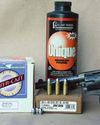
Handloader
The Problem with Low Pressure Loads
Bullets & Brass
9 mins
June - July 2022
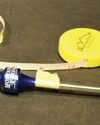
Handloader
Measurements for Rifle Handloading
Handy Techniques for Accurate Ammunition
10 mins
June - July 2022
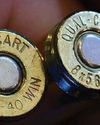
Handloader
THE BRASS RING
In Range
6 mins
June - July 2022
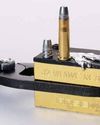
Handloader
Semi-custom Bullet Moulds
Mike's Shoot in' Shack
4 mins
June - July 2022

Handloader
REVISITING THE 6.5 -06 A-SQUARE
Loading New Bullets and Powders
9 mins
June - July 2022
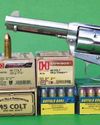
Handloader
Cimarron Stainless Frontier .45 Colt
From the Hip
5 mins
June - July 2022
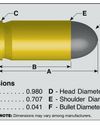
Handloader
9x18mm Makarov
Cartridge Board
5 mins
June - July 2022
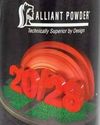
Handloader
Alliant 20/28
Propellant Profiles
5 mins
June - July 2022
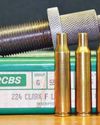
Handloader
.224 Clark
Wildcat Cartridges
6 mins
June - July 2022
Translate
Change font size

